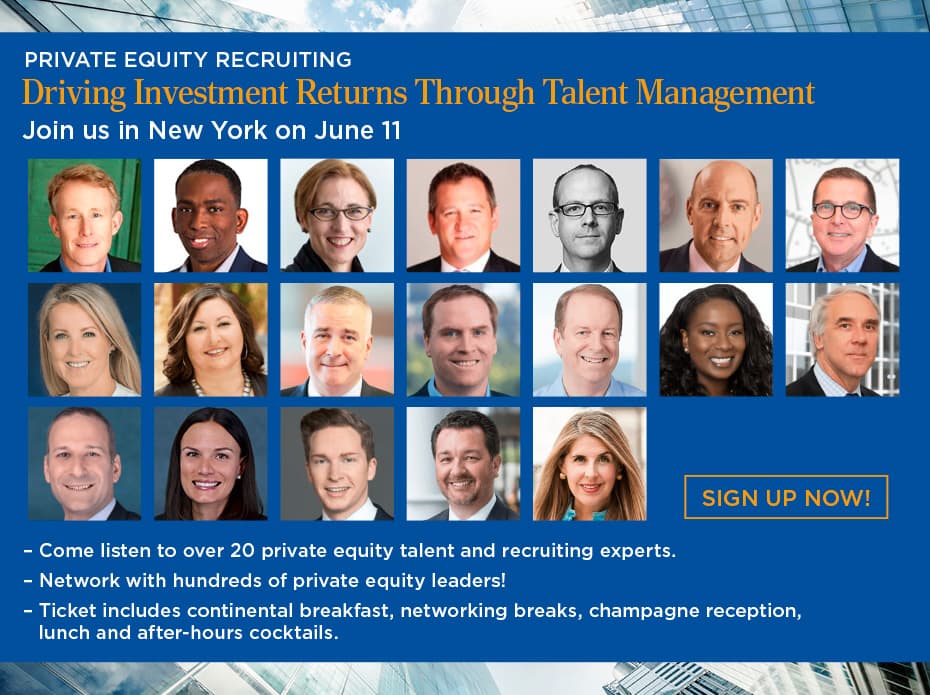Building a Talent Function for the Future

January 15, 2020 – Today, organizations are contending with increasingly complex pressures caused by shifting societal trends and rapidly evolving business models as digitalization disrupts industries old and new.
An increasingly digital world, 2020 marking the year Millennials are set to account for 50 percent of the workforce, as well as a heightened focus on social good and diversity and inclusion are examples of macro trends organizations cannot ignore from a human capital standpoint.
There are a multitude of ways that organizations are responding to these headwinds, according to a new report by Russell Reynolds Associates. “Using data to make evidence-based human capital decisions, strategically competing for critical and diverse talent, engaging the employee base more overtly and broadly, and putting plans into place to address the skills gap are just some examples,” said the study. The report was authored by Polly Borrows, knowledge lead for the HR practice, Anna Penfold, co-leader the HR practice, and Brad Pugh, a member of the firm’s HR practice.
“The resulting impact of these societal shifts and the organizational response they require have led to the elevation of talent strategy,” the report said. “Increasingly, investments in talent are not only associated with internal organizational improvements but are also known to extend benefits to customers and investors as well as an organization’s board. With talent as the key ingredient making an organization unique, it is no surprise that talent is top of mind for business leaders today.” Talent strategy is now widely viewed as the mechanism through which an organization is able to meet its business objectives. In other words, business and talent strategy need to be in harmony.
The report found this growing focus on talent to be reflected in the work Russell Reynolds Associates is doing for its clients. In 2013, the talent function accounted for just eight percent of the work the firm did within the HR field. Fast forward five years and, by 2018, this proportion had doubled. Talent (as a function) is by far the center of excellence with which the Russell Reynolds Associates HR practice engages the most, in terms of the number of searches the firm conducts related to the function. This number is expected to rise as the decade progresses.
“The growing need of our clients to build and mature their talent capabilities inspired the current research: an in-depth investigation into the talent landscape in collaboration with our clients, with a focus on global companies with revenues of $10B+,” the search firm said. An amalgamation of primary and secondary research techniques was used to develop Russell Reynolds Associates’ point of view on the talent space. This encompassed desktop research, an analysis of 120 talent leader profiles to understand their backgrounds and experiences, interviews with 20 talent leaders, a survey answered by 30 talent leaders and discussion groups among subject matter experts.
A Guide to Reevaluating Talent Strategy
Russell Reynolds Associates recommended that companies use a structured approach when reevaluating their talent strategy. This begins with an analysis of the current state, i.e., the efficacy of the current talent strategy. This then leads to leadership and whether the right type of talent leader is in place to evolve or execute against the talent strategy. The next step is working out whether the talent function is structured in a way that supports the strategy the leader is trying to achieve. Finally, the form considers whether the required investments are being made in the areas of talent that will enable success. The rest of the paper incorporates Russell Reynolds Associates’ research insights to elaborate on each stage of the process in more detail.
Levers for Change
- Leadership
Once a company is clear on its talent strategy, they next need to think about whether they have the right talent leader in place to execute against it and continue to innovate, said Russell Reynolds Associates. Through its research, based on 120 global talent leaders, the firm identified four archetypes of talent leader, each best suited to unique situations (see Figure 2).

A generalist background is increasingly the norm, said the firm. A predominantly generalist background is most common, seen in 42 percent of cases, and most suited to an organization prioritizing connectivity of talent to the business. The proportion increases to 45 percent in recent appointments (since 2017) in comparison to 38 percent prior, suggesting an increasing movement toward hiring this type of profile.
Russell Reynolds Associates said that the most appropriate type of profile is determined by a company’s situation. A different type of talent leader profile, which the firm expects to see more of in the coming years, is the execution- focused talent acquisition expert, well suited to executing against a new talent strategy. They account for 17 percent of talent leaders (increasing in recent appointments to 18 percent vs. 16 percent prior to 2017).
“They are commercially minded, have usually headed up the largest part of the human resources function and are good at building relationships (especially important, as the talent leader is increasingly exposed to the senior-most audience of an organization),” said the report. “However, not all talent acquisition profiles will scale well if they lack the strategic mindset on top of their ability to execute, so the pool is likely small. If a talent strategy needs overhauling, having a big-thinker talent management profile in the leadership role would be preferable.”
- Organization
Once the strategy is set and the right leader is in place, the next step is ensuring that the organization is structured to support the talent strategy the leader is trying to bring to life. Russell Reynolds Associates identified three (simplified) key models of the talent function structure (see Figure 3).

The unified model is increasingly the norm. A key finding in the report is that an all-encompassing chief talent officer is now commonplace at organizations (the unified model is found in 37 percent of cases). This means a talent leader has oversight of the entire employee lifecycle, starting with talent acquisition. Given the expansive remit and resulting expertise, Russell Reynolds Associates said that these individuals will typically have CEO/board exposure in their role as CTO, unlike in more traditional models.
“Tying this to the defined profile archetypes, we expect to increasingly see generalist profiles, with CHRO in their sights, stepping up in unified models,” the report said. “As the remit of the CTO grows, the role is increasingly viewed as a stepping-stone to ultimately then becoming CHRO, especially given the likely board exposure. A generalist CTO who surrounds themselves with talent experts at the level below would then be in a strong position to deliver on talent strategy while improving connectivity of the center of excellence with the business.”
Looking to the Future
The proportion of talent leaders moving into unified talent structures has increased recently from 24 percent prior to 2017 to 46 percent since. This is a proportion Russell Reynolds Associates expected to rise further (at the larger organizations our research is focused on) given the benefits associated with bringing everything together under one lead. The entire talent strategy can then be more interwoven and connected as a result.
- Investment
The final aspect of a company’s talent strategy to reevaluate involves working out areas of talent that require increased focus and investment in order to achieve success. Figure 4 outlines the categories of talent Russell Reynolds Associates has used in its research. While all talent leaders in CTO or head of talent roles will have overall or some oversight of “talent development” and “succession and workforce planning,” there is some disagreement as to whether the role encompasses the likes of people analytics (43 percent), diversity and inclusion (43 percent), and future of work (17 percent).

Different companies excel at different components of talent, the report said. Russell Reynolds Associates’ research has revealed that no single company comes out on top in terms of their talent practices when end-to-end talent strategy is considered. Instead, different leaders excel in different areas of talent. For example, companies considered best in class for TA look very different from companies considered best in class for employee engagement. Through its research, the firm has a view of which key players are excelling/investing across different areas of talent and, as a result we have a good sense of the direction in which each area is moving (for example, see Figure 5 on HR analytics).
Importantly, Russell Reynolds Associates said that an “outside-in approach to new talent practices combined with continued investment is essential in order to challenge traditional thinking and allow the organization to grow and develop talent at the rate it needs to. Organizations need to recognize that excellence in all areas is neither realistic nor necessary. Being clear on which components of talent have the greatest strategic value to your company and aligning your talent function to that are key.”

Conclusion
“Legacy-based approaches to talent will not stand the test of time in today’s volatile, uncertain, complex and ambiguous world,” the Russell Reynolds report said. “Nor can digital natives rest assured that their cutting-edge approach to talent management will still be relevant and competitive in a year’s time.”
The search firm said this is a “call to action to all organizations: a continuous reevaluation of talent strategy is required to meet the ever-evolving requirements of business. This is a burden a CHRO need not face alone: A No. 2 in the form of a competent, strategic talent leader can be the key differentiator between an organization that successfully navigates the complex talent landscape vs. one that does not.”
Contributed by Scott A. Scanlon, Editor-in-Chief; Dale M. Zupsansky, Managing Editor; and Stephen Sawicki, Managing Editor – Hunt Scanlon Media













